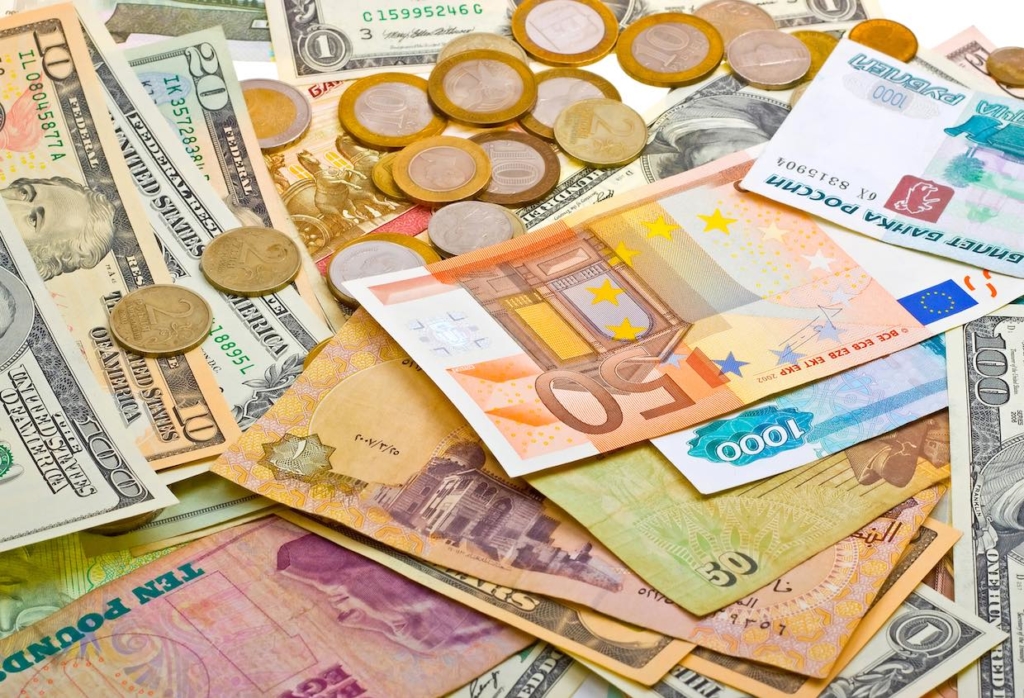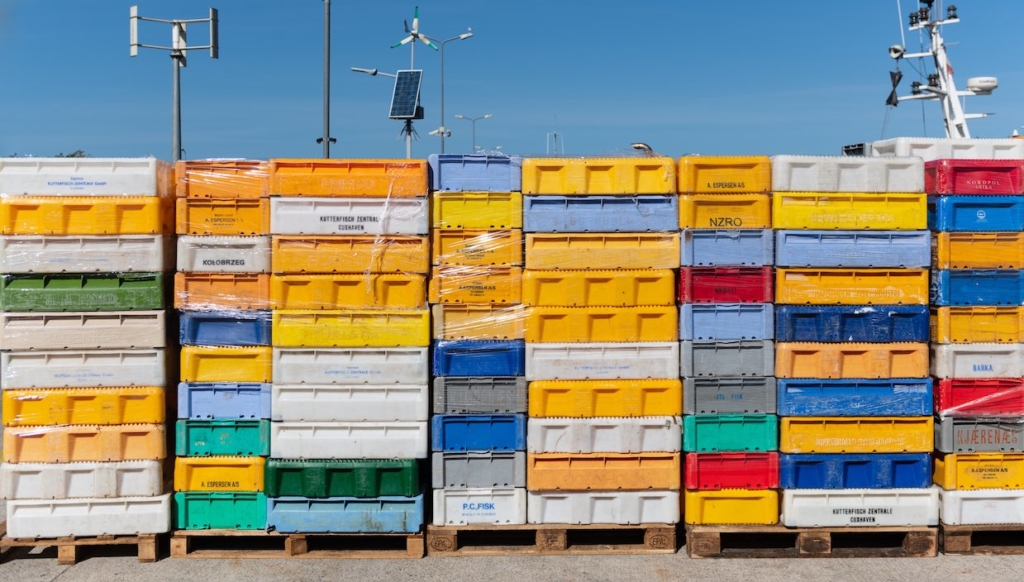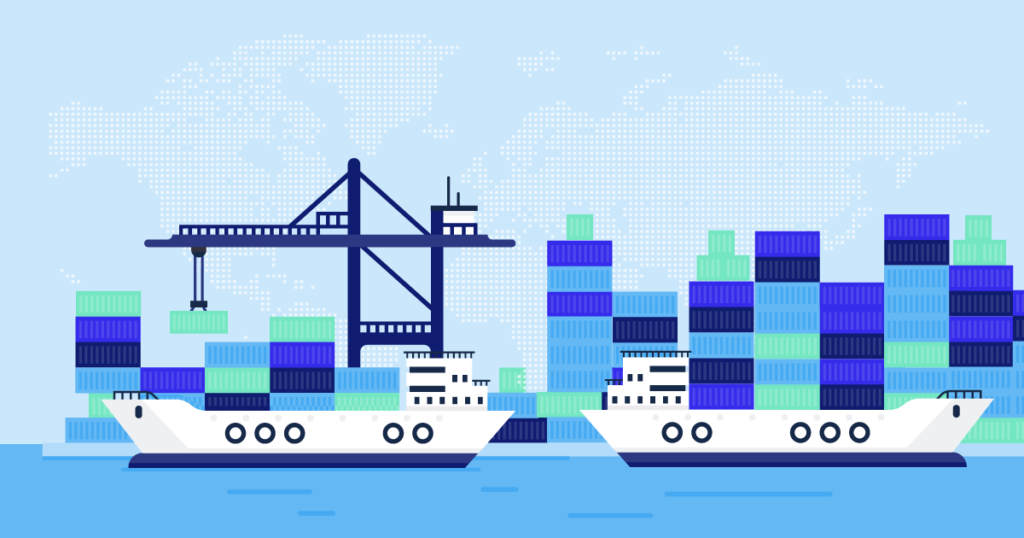6 Things Successful Sellers Do Differently When Expanding to International Markets

Expanding to new international markets is a thrilling prospect if you’re a successful online seller. Germany and the UK alone had more than 34 billion dollars in sales in 2018, ranking them the second and third for most sales on Amazon. As an e-commerce business, there are seemingly limitless opportunities for growth—people clearly want and need what you’re selling.
Yet, expanding to foreign markets comes with a whole new set of operational challenges that can seriously cut into your profit margin. With so much money on the line, it’s imperative to do your research and try to navigate the waters as carefully as possible.
To make things a little easier, we’ve compiled the top 6 things successful sellers do differently to keep profits strong when entering new marketplaces around the globe.
1. Successful e-commerce sellers don’t settle for high-cost currency exchange rates
Many sellers are surprised to discover that selling overseas involves exchanging currency, sometimes called FX for short. Amazon creates a native experience in every country where they’ve set up marketplaces, meaning your customers will pay for purchases in their local currency.
For a US-based Amazon seller, if you’re selling on the Amazon UK marketplace, you’ll receive these payouts in British pounds. More than likely, you’ll need a way to convert your earnings back to dollars and use the profits.
If you do nothing, Amazon will automatically convert your earnings from the local currency into US dollars through their Amazon Currency Converter. This is incredibly convenient to use, and works almost seamlessly; some sellers don’t even realize they’re using it. But for the convenience, you should also be prepared to pay the price.
If you search for the phrase “Amazon Currency Converter” on the seller forums, you’ll generally find that the rate is quoted at around 3.5-4.5%. Can you imagine having an extra 4% sliced off the top just for currency exchange? Many Amazon sellers are subject to this, without even realizing.
With just a little research, sellers can find companies that specialize in helping Amazon sellers send and receive international payments, and get their currency exchange rates down to 1.5%, or lower.
2. They don’t open foreign bank accounts in multiple countries
Many associate opening a foreign bank account with getting the most advantageous currency exchange rates. In many cases, you can get better rates with a local bank than you would by using a marketplace’s built-in currency exchange system, such as Amazon Currency Converter. The trick is, how do you go about opening a foreign bank account?
For many sellers, opening a foreign bank account isn’t even an option. Depending on the country, banks may have stringent rules for foreigners. For example, in some countries, businesses are required to have a physical location in the country in order to open an account.

And depending on what language you speak, opening an account in a country where the primary language is different from your own poses potential issues. How would you even know what you’re signing, or understand when your funds will be available if your bank operates in a different language!
The alternative for many sellers is to open a global currency account, which specializes in e-commerce. A good global currency account will allow you to do business in major Amazon marketplaces around the world—from Canada, the UK and Germany to Australia, and Japan.
The big advantage here is that you don’t have to keep going to foreign countries to set up banking; even if you do manage to jump through the hoops of setting up a foreign bank account. With a global currency account, one account sets you up to sell all over the world.
3. They don’t go it alone with VAT taxes
Ask any online seller who operates in the UK and EU, and they’ll tell you there’s a lot to know about VATs (Value Added Taxes). From registering for a VAT number and filing your returns to calculating and paying your VAT taxes, there’s a lot to understand about the way the European tax system works. And registering for your VAT is only the beginning.
You’ve got to understand the frequency of submissions, it may be monthly, quarterly or annually. There are distance selling thresholds to keep track of, and you’ll have to know how to prepare and submit EU VAT-related reports, such as Intrastat Returns and the European Purchase/Sales Listing. You may even be required to have a Fiscal Representative.
On top of that, rules and regulations vary for each country. France and the UK charge 20% VAT rates. Germany charges 19%, Spain’s VAT rate is 21%, and Italy’s is 22%.
The amount of time it takes away from your business to deal with these specialized VAT issues is often more than a business can take on themselves. For many sellers, finding a trusted adviser who can handle the VAT process from start to finish is the answer. The most successful e-commerce sellers get the help when they need it to avoid costly problems down the road.
4. They make VAT tax payments without fees
Once you’ve got the calculating, filing, and preparing your VAT returns covered; you’ll need to start thinking about paying your VAT. Yes, painful to think of, but keeping your government filings in order and your business on track is a necessary step toward success. As you can imagine, each country will also expect to receive VAT taxes in their own currency.
That means you’ll need a way to transfer your VAT payment amount into local currency—or better yet, to be able to pay your VAT taxes in native currency to avoid paying FX fees. While traditional banks aren’t always set up to allow you to make free payments without being charged, you can often make VAT payments fee-free if you know where to look.
5. They don’t risk sending packages internationally without validating the shipping address
By now, you’re well aware that shipping internationally brings unique challenges. This includes address validation. Postal address formats range widely from country to country, and sometimes even from city to town. There’s also a growing concern around scams and package theft.
It may be something you don’t think about often, and it’s true that most of your packages will probably arrive safely at their destination. But, even one package return means footing the bill for shipping costs both ways.

It only takes paying the international shipping costs both ways on a few lost packages to seriously dent your profits. The lesson learned? You can inexpensively validate international shipping addresses before you send a package. This helps eliminate any unnecessary returns, which keeps more money in your pocket.
6. They don’t pay double exchange fees… Ever!
It’s painful enough to pay high exchange fees once when receiving your international marketplace payouts from Amazon or NewEgg. But double exchange fees are exactly like they sound: double the profit killer. However, getting out of those pesky added fees means knowing the ins and outs of how to send and receive cross-border payments.
Let’s say you have to pay VAT taxes in the UK for the products you’ve sold on Amazon UK.
With a global currency account, you can avoid exchanging dollars into pounds altogether. It allows you to hold your funds in different currencies—all at the same time.
Here’s how it would work for an Amazon UK seller. When you receive your payout from the Amazon UK marketplace in pounds, keep only the amount you need to pay your VAT taxes. By not converting all of your earnings back to US dollars, you’re able to pay your VAT taxes directly to HMRC (Her Majesty’s Customs and Revenue).
Getting started with a global currency account is fast and easy. Sign up for a free global currency account that allows you to send and receive international payments—and protect your profits, as you expand to new markets.


